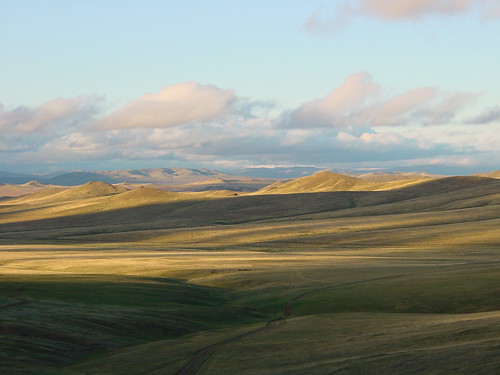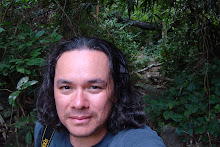When it's dark you can always focus on the brighter things. I'm a night person, always have been. The best part of being one is that you get a lot of time to yourself. I like it. On my travels I seem to find myself wandering around in the later hours. Watching how the world settles in and take in the night reveals a lot about the people and the place. It could be a big canopy of stars overhead, fires coming from camps in a valley, a group of Kazakhs singing songs around a bonfire, or an old couple in their pajamas sitting outside their storefront on rickety plastic chairs. I've always wanted to capture it, but it's just about the hardest thing. Takes discipline, patience, equipment, and luck. You most definitely need a tripod and a good set up. Somethings of which never seems to suit me. I'm not a shooter that has a lot of gear. Most of my stuff is basic. Short of buying very expensive infrared film and paying for my cameras to be repaired. I've never been a person that's had the best gear. I've always prided myself in being the underdog.That basically describes me, my gear, and how I struggle to get that shot with a presence. This can be very apparent in my many attempts at getting shots when it's dark. I can't recall how many rolls of film I wasted trying to or how I came to realized that the "Night Shot" option on a digital camera was down right creepy looking. Everything looks green and people have soulless black pupils. A fan of the night I like the sense of the warm glow from a light bulb scattering about. Colors seem different and shadows fade into each other. You can always take a light into darkness and brighten the environment, but you can never take the darkness into the light. These shots here are some of the few that I feel came out well. Many differently places but all with the same hauntingly beautiful imagery. Be it Hanoi's old city district, a ger's roof top glow, bright colorful lanterns, a Japanese alley, a child trying to spook me, a couple dressed up for a New Year's ball, or ghostly light pillars for remembering the Twin Towers. Like I said, these are some of the most difficult things for me to capture, but when it works it was well worth it.



















